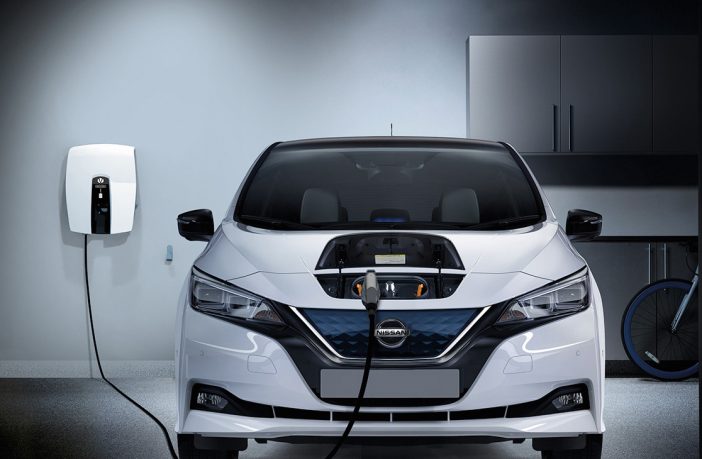- A new report from IRENA, Innovation Outlook: Smart Charging for Electric Vehicles, guides countries on how to exploit the complementarity potential between renewable electricity and EVs.
- Through smart charging, EV batteries can help to integrate high shares of solar and wind power into existing grids, as battery storage capacity helps to even out the variability of these sources.
- The report provides a guideline for policymakers on implementing an energy transition strategy that makes the most out of EVs.
- Policy instruments, such as rebates for the installation of smart charging points as well as time-of-use tariffs, may incentivise a wide deployment of smart charging.
With many new electric vehicles (EV) now out-performing their fossil-powered counterparts’ capabilities on the road, energy planners are looking to bring innovation to the garage — 95% of a car’s time is spent parked. The result is that with careful planning and the right infrastructure in place, parked and plugged-in EVs could be the battery banks of the future, stabilising electric grids powered by wind and solar energy.
The implementation of smart charging systems ranges from basic to advanced, says Francisco Boshell, an IRENA analyst monitoring the development and implementation of EV strategies around the world. “The simplest approaches encourage consumers to defer their charging from peak to off-peak periods. More advanced approaches using digital technology (PDF), such as ‘direct control mechanisms’ may in the near future serve the electricity system by delivering close-to real-time energy balancing and ancillary services,” explains Boshell.
“EVs at scale can create vast electricity storage capacity, but if everyone simultaneously charges their cars in the morning or evening, electricity networks can become stressed. The timing of charging is therefore critical. ‘Smart charging’, which both charges vehicles and supports the grid, unlocks a virtuous circle in which renewable energy makes transport cleaner and EVs support larger shares of renewables,” says Dolf Gielen, Director of IRENA’s Innovation and Technology Centre.
“We’ve seen this tested in the UK, Netherlands and Denmark,” Boshell says. “For example, since 2016, Nissan, Enel and Nuvve have partnered and worked on an energy management solution that allows vehicle owners and energy users to operate as individual energy hubs. Their two pilot projects in Denmark and the UK have allowed owners of Nissan EVs to earn money by sending power to the grid through Enel’s bidirectional chargers.”
The new report indicates that if most of the passenger vehicles sold from 2040 onwards were electric, more than 1 billion EVs could be on the road by 2050 — up from around 6 million today.
Author: Bryan Groenendaal















